© 2022 All rights reserved Worktop Library
Hi, Maria Kairuz here, operations manager for the Worktop Library in London, UK. And I’m here to show you how to remove oil stains from your marble worktops or quartzite surface using stone oil stain remover for your stone. It is a problem-solving solution at removing deep-set oil and grease stains from natural stone.
In this article, you will learn:
- Which products you can use to remove oil stains from your marble, granite, or quartzite worktop.
- Applying an oil stain poultice to your natural stone surface.
- How to remove excess powder or grout and deep-clean your worktops.
- How to use the oil remove on your outdoor worktops, protecting it from rain.
- Removal of your oil stains and clearing the poultice.
- Resealing your natural stone worktop after removing your marble stain.
Best Way to Remove Oil Stains from Your stone Worktops
Whether you have an oil stain in your kitchen, on the floor, or the worktop, or outdoors on your patio, there is an excellent product at absorbing the oil and removing the stain near the BBQ countertop. In addition, you may not have known this before, but there is a straightforward procedure for doing so effectively. So you always need to call in a stone specialist to solve this problem.
If you have unsealed marble or granite worktops and stained with oil that has already dried, we’ll explain how you can remove it quickly.
What Product Can You Use to Remove a Stain from Your Oiled Stained Worktop?
In addition, we will be showing you how to use the oil stain remover for your oil-stained worktop. So, let’s get started.
If you are looking for stone worktops with zero oil absorption and wish to see some free samples, you can get in touch with us by clicking on this link.
Products and Tools:
All you will need is one product and one tool to remove the stain from your worktops forever.
- Lithofin Oil Ex Stain Remover: It is an easy-to-use product, ready to apply. Therefore, all you need to do is open the tube container and apply it. You can apply the stain remover by using a plastic spoon or spatula. You’re going to want to apply right on top of the oil stain. It is important that you apply about three to five centimetres extending beyond the oil stain, and to apply at least 2 millimetres thickness of the product. With a single tube of this product, you can cover up to 0.5m² of worktops, for 2 mm application thickness.
- A spatula, plastic spoon, or Stanley knife: you can use one of these items to remove any excess off your stone kitchen worktop. We will share more details about how you can remove any excess paste from your oil-stained worktop below in this article.
Note: Some dark granite or marble worktops can show small amounts of powder on the surface. If this happens, you can use Lithofin MN Power-Clean to clear any excess. We recommend using this product in spaces with temperatures between 10 Celsius and 25 Celsius degrees to let it do its work. It’s also best to avoid using this product on lacquered worktops or any other worktop materials that may be solvent-sensitive.
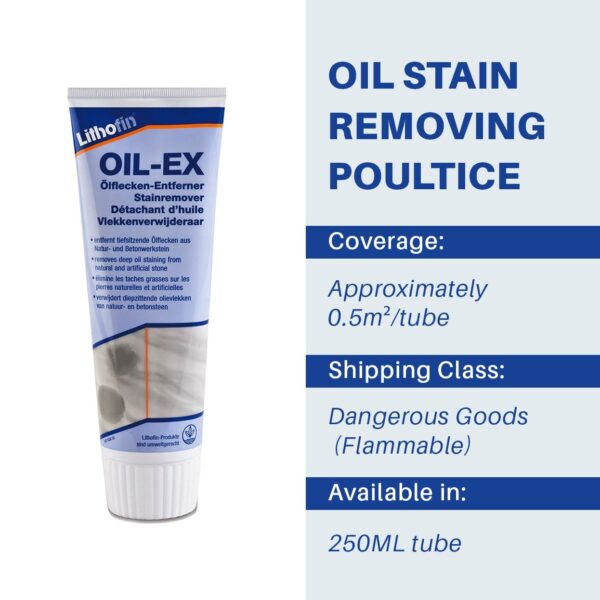
What Is the Correct Way of Removing the Stains from My Oiled Stained worktop?
In the first place, you want enough product to absorb your oil-stained worktop. Second, ensure that you apply it in the shape of a ring going around the exterior edging of the oil stain. It is as opposed to just using the product in the centre of the stain. Again, you must extend its application beyond the oil stain so it doesn’t redeposit at the edges, and it’s that simple. Moisture from the stain remover may get into the stone during the process, but this is totally natural. Third, you don’t want to cover this product. Instead, let it breathe. It s is a crucial step.
What if I want to protect my outdoor worktops from oil stains?
If you’re using your marble and granite stain remover outdoors and you want to protect your stone worktops from rain or not to let them get wet, you can loosely cover it on. But make sure you then remove its cover afterwards. Finally, let the stain remover sit for approximately 12 to 24 hours for maximum performance.
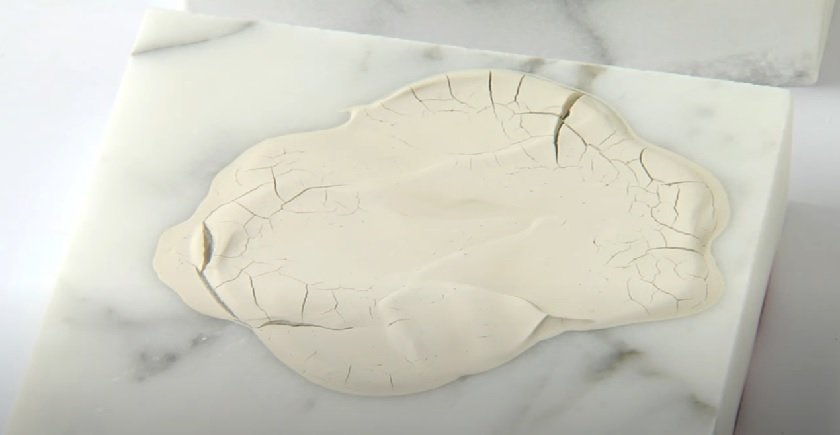
You want to make sure that the solution it’s drying completely. Therefore, we recommend the 12 hours wait time. Eventually, you will see a slight dark paste forming. Then, like glee, it will increase in size. Finally, the stain remover will dry into a more rigid consistency giving it a clay-like effect. That is essential, the solvent in the product that’s evaporating. And it will dry completely after 12 hours.
Despite following this process correctly, you want to make sure that it’s fully absorbed and evaporated. If you see a darker mark around the oiled stained worktop, it is from the stain remover, pulling up the oil in the oil mark you have in your stone. Again, removing an oil stain from your kitchen worktop is that simple. Additionally, you want to make sure you clean up your tools and any residue with a mineral spirit. Once you’ve entirely removed this and now after waiting 12 hours, you can see that the poultice on the worktop is, cracking and dry.
Removing the stain remover
You’re going to want to remove the dry paste formed by the stain remover with a plastic spatula or with a Stanley knife, or even by using a plastic scraper. If you choose a Stanley knife, be careful by removing the paste at an angle. It will avoid potential knife marks on your worktops.
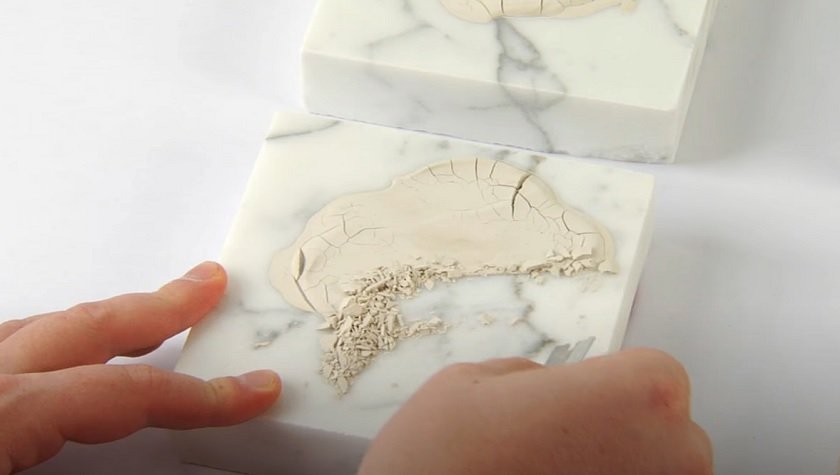
You want to make sure whatever tool you use is not going to scratch the surface. So nearly pull that off, thereby scraping it and then discard that dryness. And then you can see. It has entirely removed the oil mark that was here.
So, once you clean this off and it’s thoroughly dried, you’re going to ensure that you reseal the area. You can use a natural stone sealant, which you could choose from Lithofin’ s range too.
Resealing your marble worktop
All you will need to do is apply the sealant and let it sit on the marble for six hours. In turn, resealing your marble countertop ensures you protect it from any future staining. And that’s it!
Comments
Thank you for taking the time to read this article about how to remove marks from an oiled stained worktop. As you can see, removing oil stains from olive oil, sunflower oil, or any oil for the same matter is quite simple.
We look forward to your visit when publishing more helpful articles about all things stone.
Author:

Alan Nussbaum
Meet Alan Nussbaum, our Sales and Marketing Manager. With almost two decades of experience, Alan’s impressive track record includes creating one of the first online stone companies in 2012 and pioneering the acceptance of cryptocurrencies in construction in 2018 before co-founding The Worktop Library with Maria.
Alan’s work is featured in numerous Stone and Home Decor magazines. In addition, he collaborates with the industry’s leading stone brands, cementing his reputation as an innovator.
Before starting a thriving career in the stone industry, Alan honed his skills by overseeing luxury fashion brands such as Burberry, Matches Fashion, and Patrick Cox. With his unique blend of experience and expertise, Alan is a true trailblazer in the stone worktop industry. His passion for delivering exceptional service is evident in every aspect of his work.
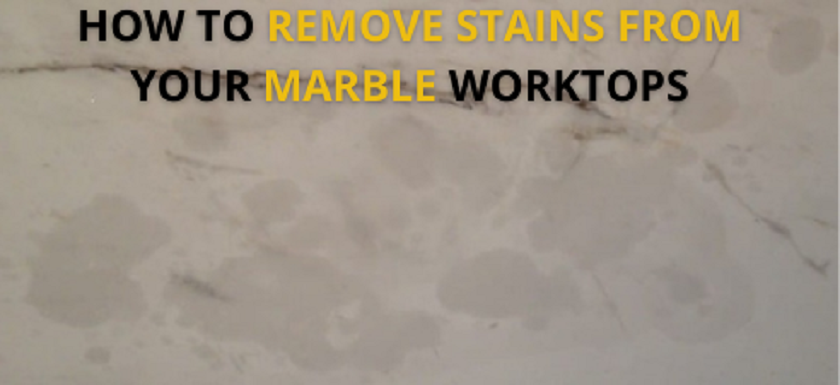
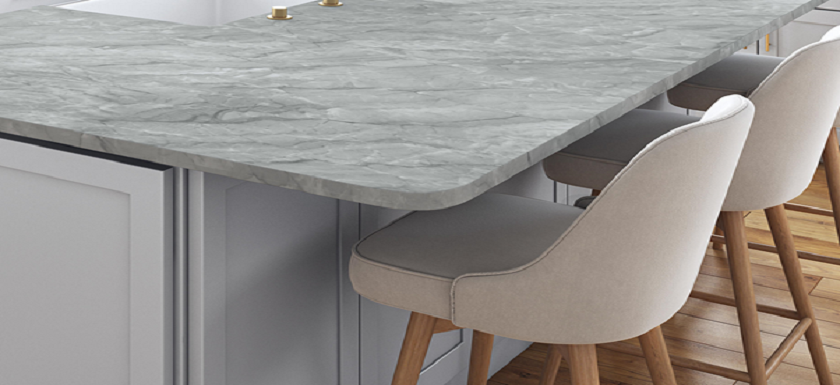 Apr 16 2021
Apr 16 2021 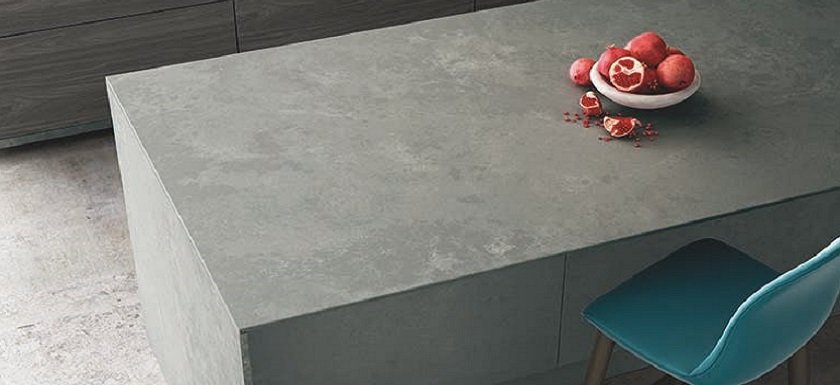 Apr 19 2021
Apr 19 2021  May 05 2021
May 05 2021  May 07 2021
May 07 2021 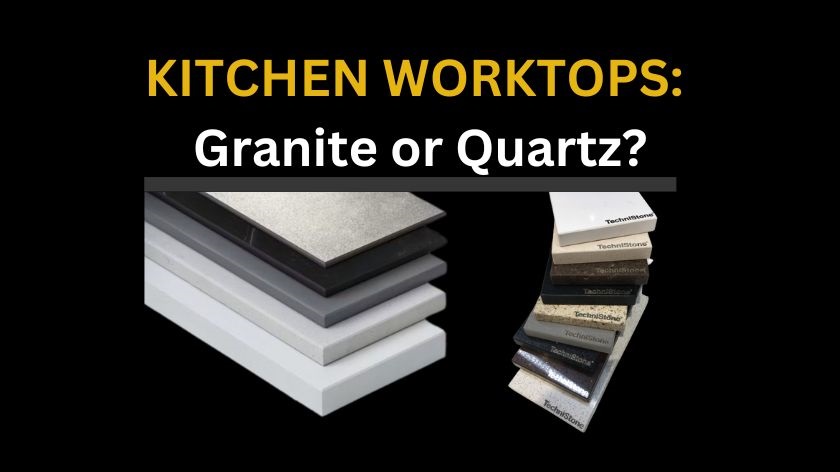 May 15 2021
May 15 2021  May 17 2021
May 17 2021 